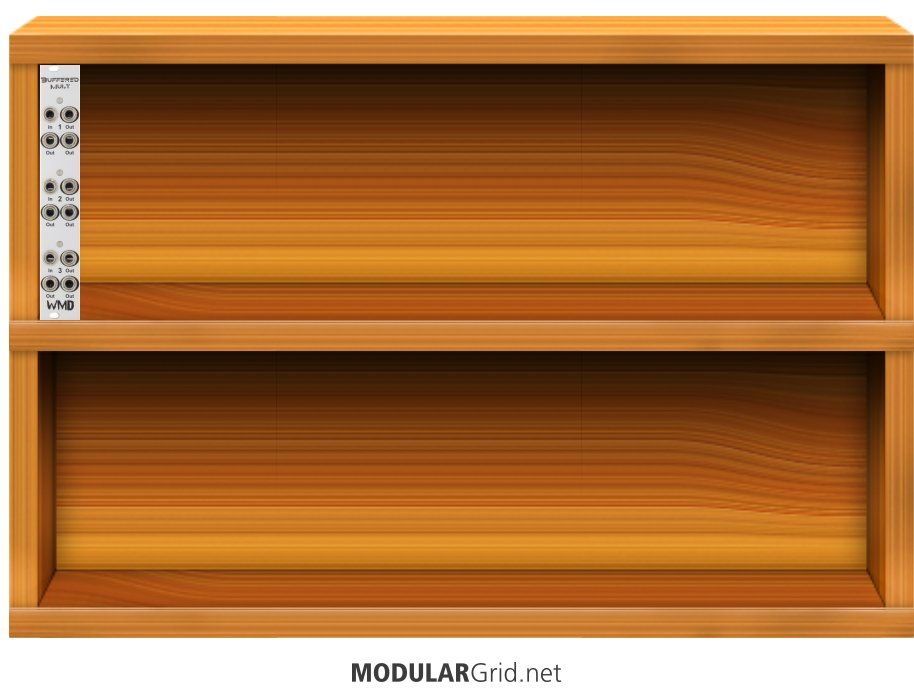Thank you Luigia for the advice.
I'll experimenting with VCV for a working rack and after this I'll post it!
I'll not buy nothing before being sure my rack works.Thank you!
-- ellelle
Hi Ellelle,
Lugia had some points. Here are a few others.
When you post a link to a rack, use the link to the page rather than a jpg. It's much easier to review your module selection by clicking the "INFO" on the module than trying to find it manually.
Here's a link to your rack. Try clicking on the picture and see what I mean:

Your rack is definitely lacking oscillators/sound sources. It is possible to use a couple of these modules as sound sources... like the Maths... however it's not intended to be one, so the results may be a little difficult to manage.
Let's keep going on what you have.
There a lots of MID to CV solutions out there. For the space and features, you can do better than the A-192-2. Something to consider is how dependent on your DAW or MIDI source for basic patches? Having an onboard sequencer or even two different types of onboard sequencers is usually a much better way to go. Sequencers are useful for much more than playing back notes.
You have a clock generater (2HP)... what will you be clocking with it? It's rhetorical. But once you learn a bit more, you'll see what I mean. Clocks and clock divisions are important. The 2HP module is very basic.
The A-143-3 is okay. But it lacks some features. You cannot reset or clock your LFOs. That's an important feature for predictable rhythmic results. It's also missing a lot of common waveforms. The Batumi with a Poti expander is a good alternative.
You have two different reverb modules. One is a digital 2HP reverb and the other is just an interface for an external spring reverb.
The A-138p is an expansion unit for another module. If you look at the face, it has 4 inputs... but no outputs. Do not buy this module as it will be useless in this situation.
Quantizers. Where would you like to source pitch information and how important is it that pitches conform to a scale? Again, once you learn more, you might want to consider one.
It's pretty common that people want to get into modular and their first instinct is to load up a rack with stuff that looks cool or is popular... but they tend to lack the understanding of WHY or WHY NOT those things should be in THEIR rack.
Open up VCV rack and place in it.
2 VCOs
1 noise-generator (white noise/pink noise)
1 low-pass filter
1 LFO
2 ADSR envelope generators
4 VCAs
1 four channel mixer
2 Eight-Step sequencers
1 audio interface module (necessary to hear anything).
Now start patching and make a simple monophonic synth. You should be able to create a lot of different basic sounds. Explore every connection and every knob. Once you've got the hang of it, then start trying out different modules like quantizers, effects, etc.

